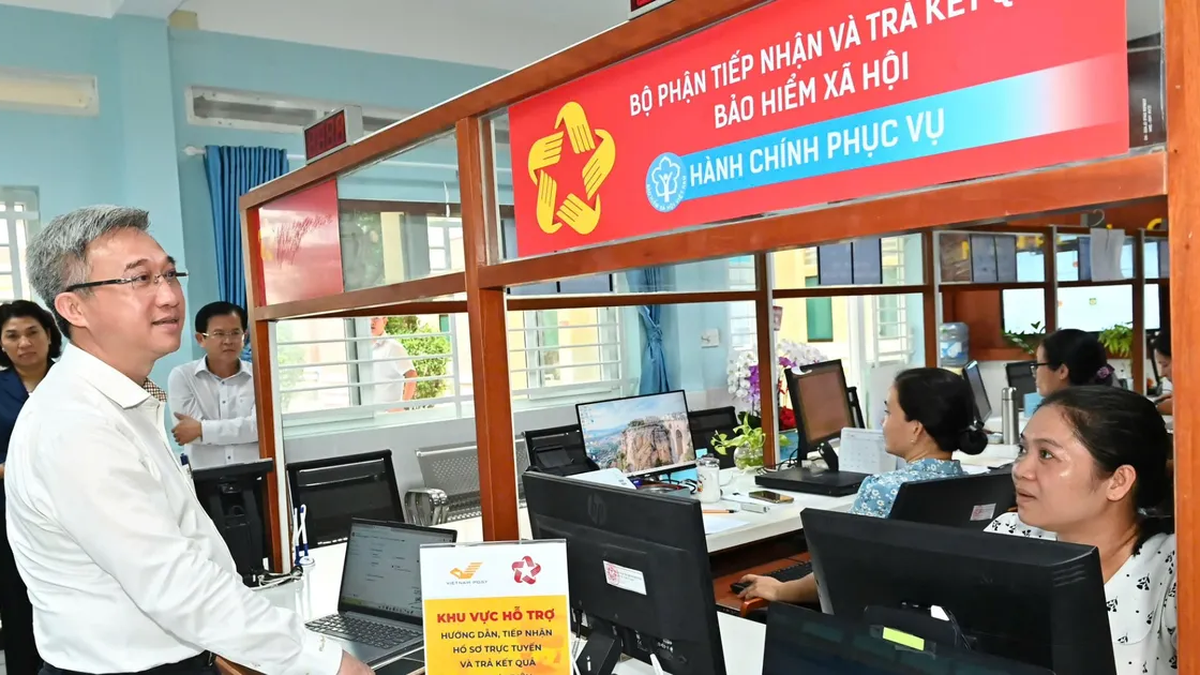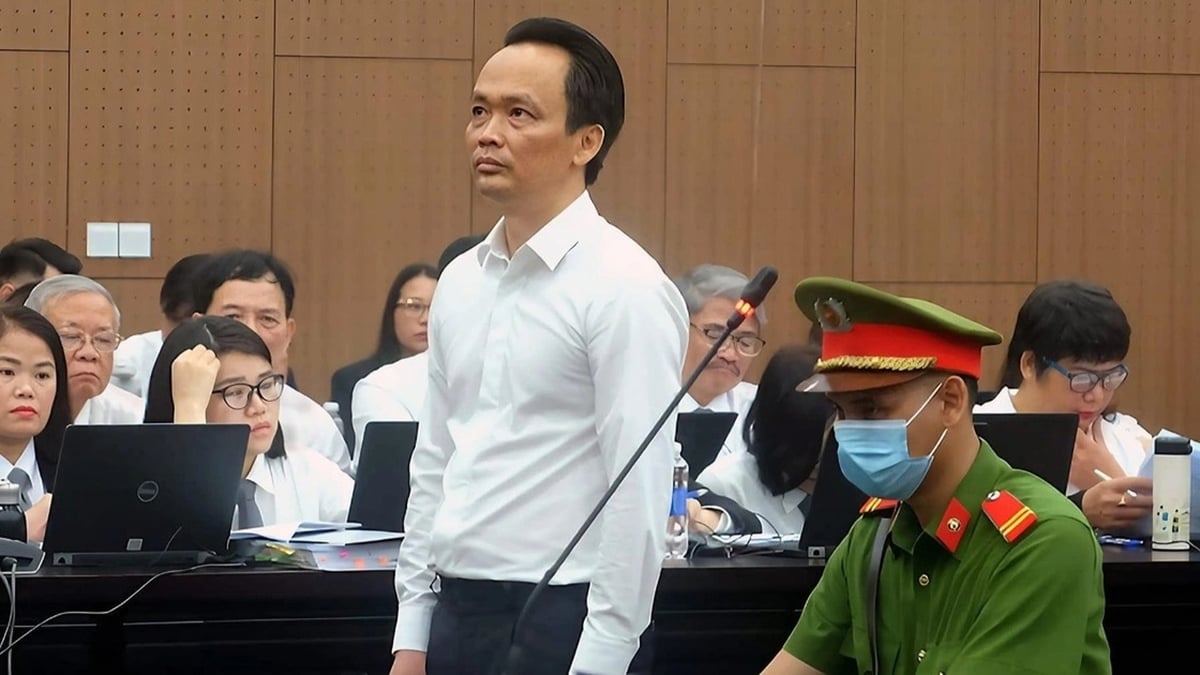Stomach polyps are growths of cells that form on the inner lining of the stomach. These polyps are quite rare and usually do not cause any bothersome signs or symptoms.
Stomach polyps are often found when your doctor checks for other reasons. Most stomach polyps do not actually become cancerous. However, some types can increase your risk of developing stomach cancer in the future. Depending on the type of stomach polyp you have, treatment may involve removing the polyp or monitoring it for changes.
Causes of stomach polyps, who is susceptible?
There are many different causes of stomach polyps. Anything that causes the stomach cells to grow abnormally can lead to polyp formation. Some of the causes of stomach polyps that have been documented as risk factors include:
- Chronic gastritis.
- Helicobacter pylori infection.
- Pernicious anemia.
- Long-term damage to the stomach lining, such as from an ulcer.
- Long-term use of proton pump inhibitors such as Omeprazole.
In addition, genetic factors also play a role in the formation of polyps. A person may have a higher risk of developing gastric polyps if someone in the family has had them. At the same time, the possibility of developing the disease also increases if there are other genetic diseases of the digestive tract.
Anyone can get stomach polyps, and men and women of all ages can get them. However, they tend to be more common in older people, especially those over 65. Certain types of polyps, such as adenomatous polyps, are more commonly found in middle-aged women.
Signs of stomach polyps
Stomach polyps often do not cause any signs or symptoms. However, as a stomach polyp grows larger, an open sore may develop on its surface. Rarely, a polyp can block the passageway between the stomach and small intestine. If a blockage occurs, signs and symptoms of stomach polyps include:
- Pain or tenderness on pressing on the abdomen.
- Nausea.
- Blood in stool.
- Anemia

Stomach polyps are growths of cells that form on the inner lining of the stomach.
Are stomach polyps dangerous?
Depending on the type of polyp the patient has, the level of danger will be different. This depends on many factors, including the type of polyp.
If it is hyperplastic polyp: This is the most common type of polyp, closely related to gastritis caused by HP bacteria. These polyps usually have no risk of recurrence and rarely progress to cancer.
Polyps less than 0.5 cm in size: Can be monitored without removal or treatment of HP bacteria.
Polyps 0.5 cm or larger: Endoscopic removal and treatment of HP bacteria.
In this case, doctors will recommend that patients have regular endoscopy every 6 months to check for HP bacteria infection and evaluate treatment effectiveness.
If it is a basal cell polyp: Often found in patients using PPI drugs to reduce stomach acid. Polyps larger than 1cm, with surface ulcers or in the antrum should be removed and biopsied. The larger the polyp, the higher the chance of cancer.
For familial adenomatous polyposis: There is a genetic component, which is quite rare. The following signs may indicate familial adenomatous polyposis:
- Detect polyps before age 40.
- Polyposis: Having many polyps.
- Polyp in the antrum.
- There are also polyps in the duodenum or other locations in the digestive tract.
These patients should undergo a complete gastrointestinal endoscopy for examination. If a diagnosis of gastrointestinal polyposis has been made, family members (parents, siblings, and children) should also be screened for the disease (if present).
For adenomatous polyps: Adenomatous polyps are highly likely to be precursors to gastric cancer. They are often associated with atrophic gastritis or chronic gastritis. These polyps can be found anywhere in the stomach but are most commonly found in the antrum.
Adenomatous polyps should be removed when discovered. After removal of adenoma, monitoring should be done by endoscopy once a year.
Gastric polyps are a disease that causes a lot of anxiety for patients. Large polyps, glandular polyps or adenomatous polyps with high malignancy potential all need to be removed. Follow up with a gastroscopy as directed by your doctor to screen for recurrent polyps and help detect precancerous lesions early.
Depending on each individual, doctors will prescribe active treatment. If the treatment is just a single lesion, small in size, gastric polyps can be removed during endoscopy. If the polyps are numerous, large in size or have a different gross shape, the diagnosis of cancer is difficult to rule out, and removal during endoscopy is difficult, the doctor will consider surgery.
Summary: Gastric polyps are abnormal growths in the mucosal layer of the stomach wall. The cause of gastric polyps is still unclear, although they do not cause any symptoms, some cases can progress to cancer. Therefore, regular check-ups and screening, especially for middle-aged or high-risk subjects, are necessary.
Source: https://giadinh.suckhoedoisong.vn/polyp-da-day-co-nguy-hiem-khong-172241218160037303.htm




















































![[Maritime News] More than 80% of global container shipping capacity is in the hands of MSC and major shipping alliances](https://vphoto.vietnam.vn/thumb/402x226/vietnam/resource/IMAGE/2025/7/16/6b4d586c984b4cbf8c5680352b9eaeb0)













































Comment (0)